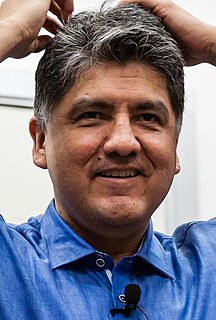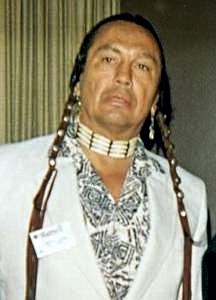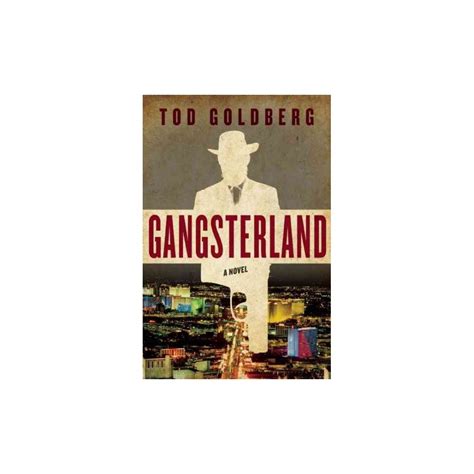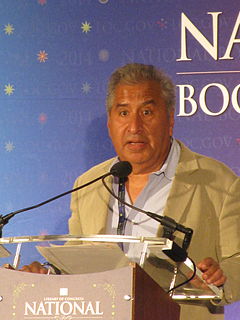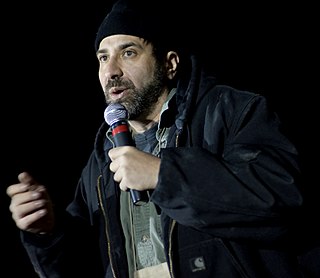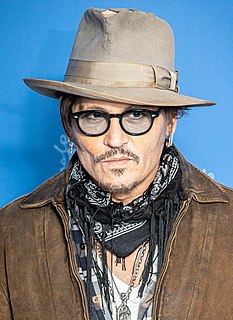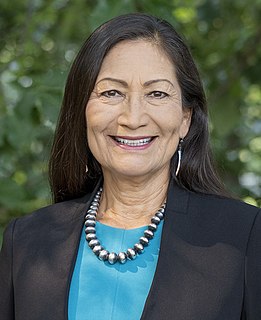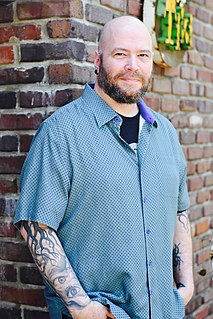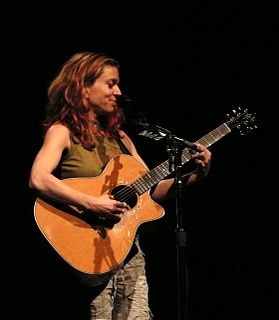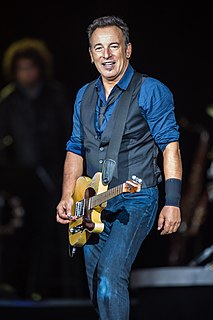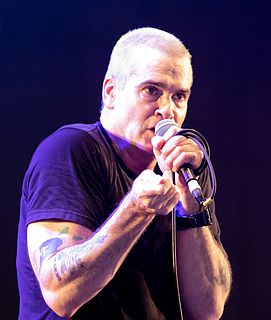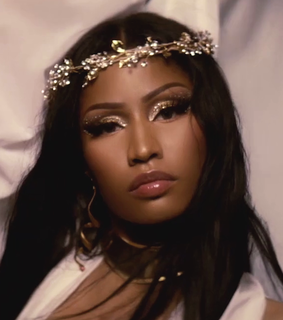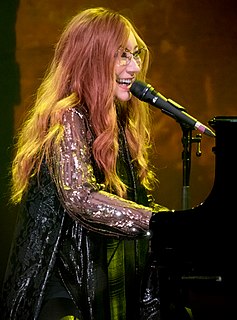A Quote by Timothy B. Schmit
I have an interest in Native American artifacts, mainly Plains Indians from the 1840s to the 1900s, and I go in and out of that. I get really into it, and then I put it down, but it's surrounding me.
Related Quotes
You see the one thing I've always maintained is that I'm an American Indian. I'm not a Native American. I'm not politically correct. Everyone who's born in the Western Hemisphere is a Native American. We are all Native Americans. And if you notice, I put American before my ethnicity. I'm not a hyphenated African-American or Irish-American or Jewish-American or Mexican-American.
If surface water can be compared with interest income, and non-renewable groundwater with capital, then much of the West was living mainly on interest income. California was milking interest and capital in about equal proportion. The plains states, however, were devouring capital as a gang of spendthrift heirs might squander a great capitalist's fortune.
There's an old, private cemetery here in Palm Springs, where I live, just down the street from the airport, that belongs to one of the local Native American tribes, and it occurred to me one day that if you really wanted to get away with murder, you'd kill someone, put them in a coffin and bury them in a private cemetery or, better, an abandoned one. And then suddenly this whole idea of a long con appeared before me and I had this idea of using a Jewish cemetery.
Suddenly the land is haunted by all these dead Indians. There is this new fascination with the Southwest, with places like Santa Fe, New Mexico, where people come down from New York and Boston and dress up as Indians. When I go to Santa Fe, I find real Indians living there, but they are not involved in the earth worship that the American environmentalists are so taken by. Many of these Indians are interested, rather, in becoming Evangelical Christians.
All I try to do is portray Indians as we are, in creative ways. With imagination and poetry. I think a lot of Native American literature is stuck in one idea: sort of spiritual, environmentalist Indians. And I want to portray everyday lives. I think by doing that, by portraying the ordinary lives of Indians, perhaps people learn something new.
As a model, I am at the mercy of everybody else. It's much more of a situation where I go to work, put the clothes on, get in front of the camera, and then go home. But in that process, I never really have control over any of it. So, putting out a record, it's such a brilliant opportunity to be in control of things. It's my world, my music, and I can put it out there in a way that is meaningful to me.
There may be something in the fact that when I was a little kid I'd been told growing up that we had some degree of native American blood in us, I always found that a point of pride. So, when it came to cowboys and Indians I most certainly did not want to be John Wayne. I wanted to be one of the Indians.
They [American Indians] never did straight-up fights. It wasn't about, you know, getting killed in the line of fire. It was all ambush, ambush, ambush, and you ambush somebody, and then you take the scalps, and you - even though scalping wasn't created by the American Indians. It was created by the white man against Indians, and they just took it and claimed it.

